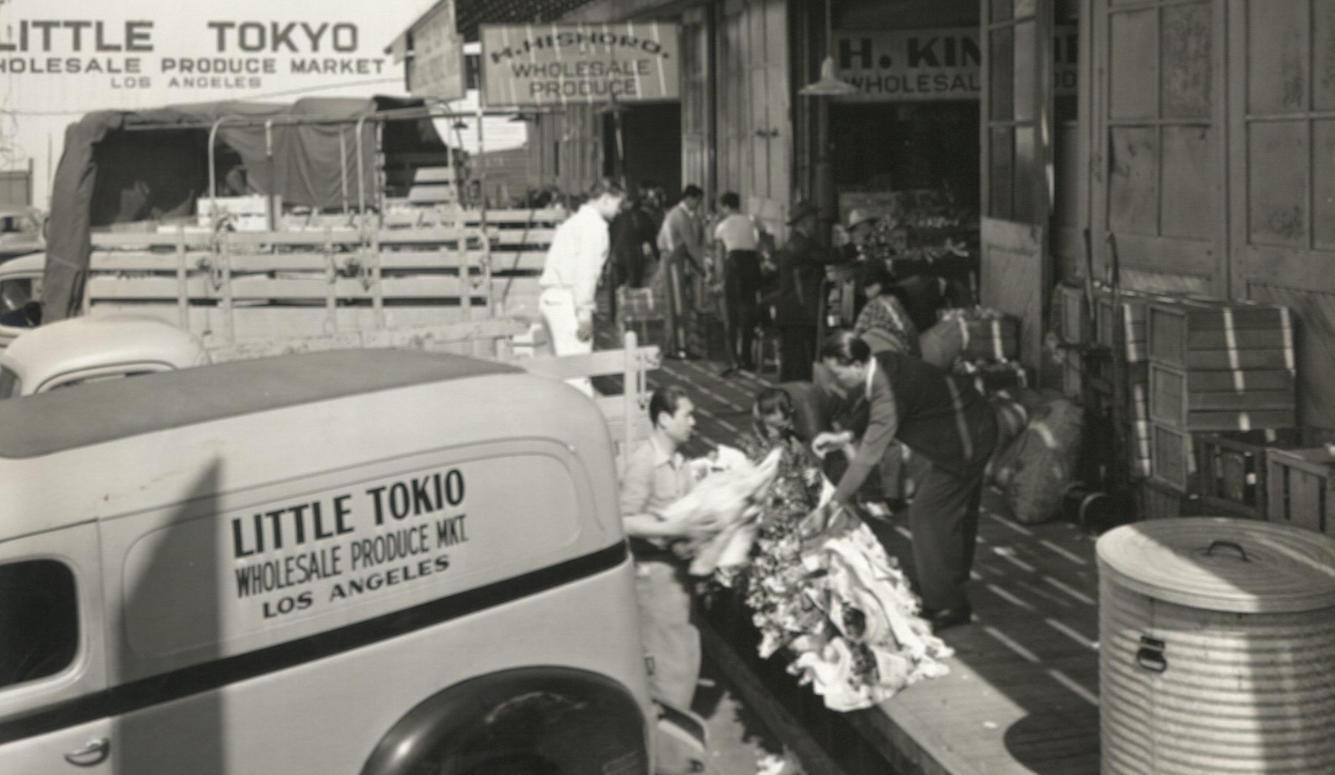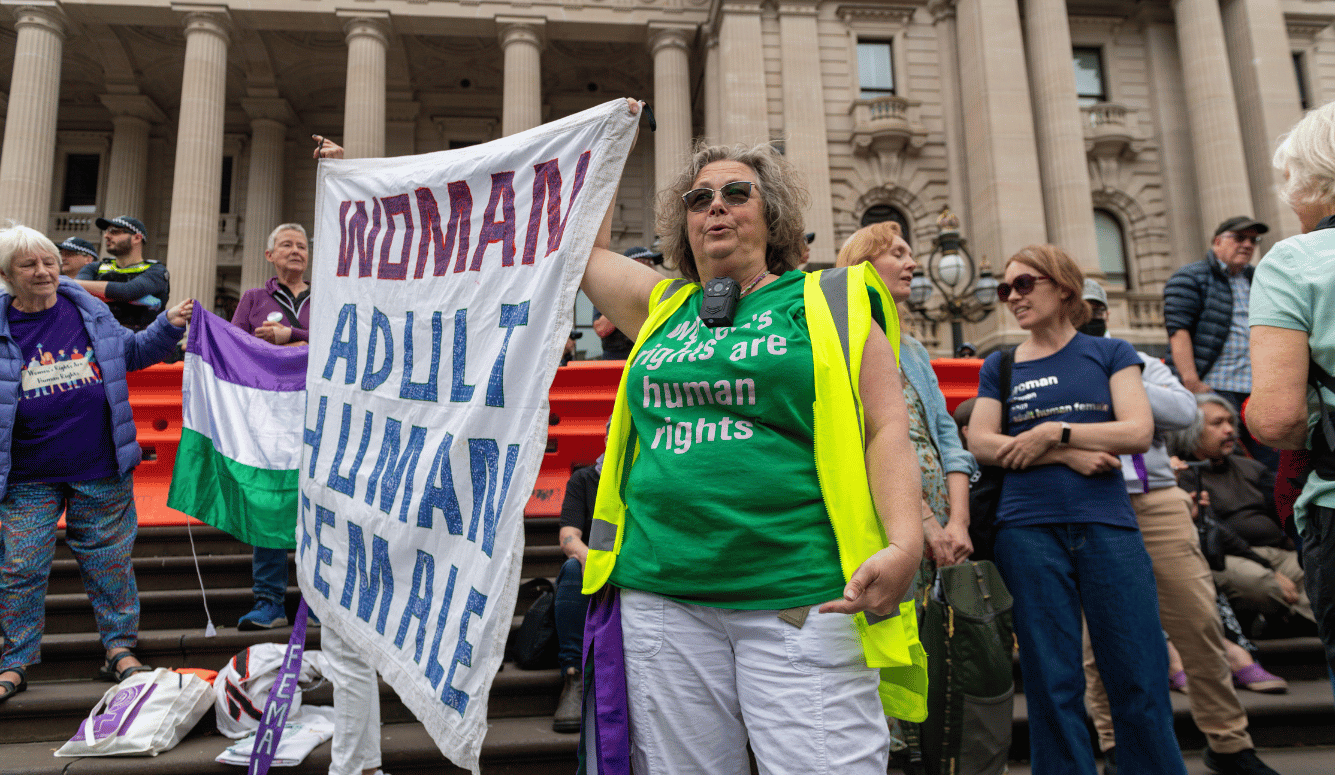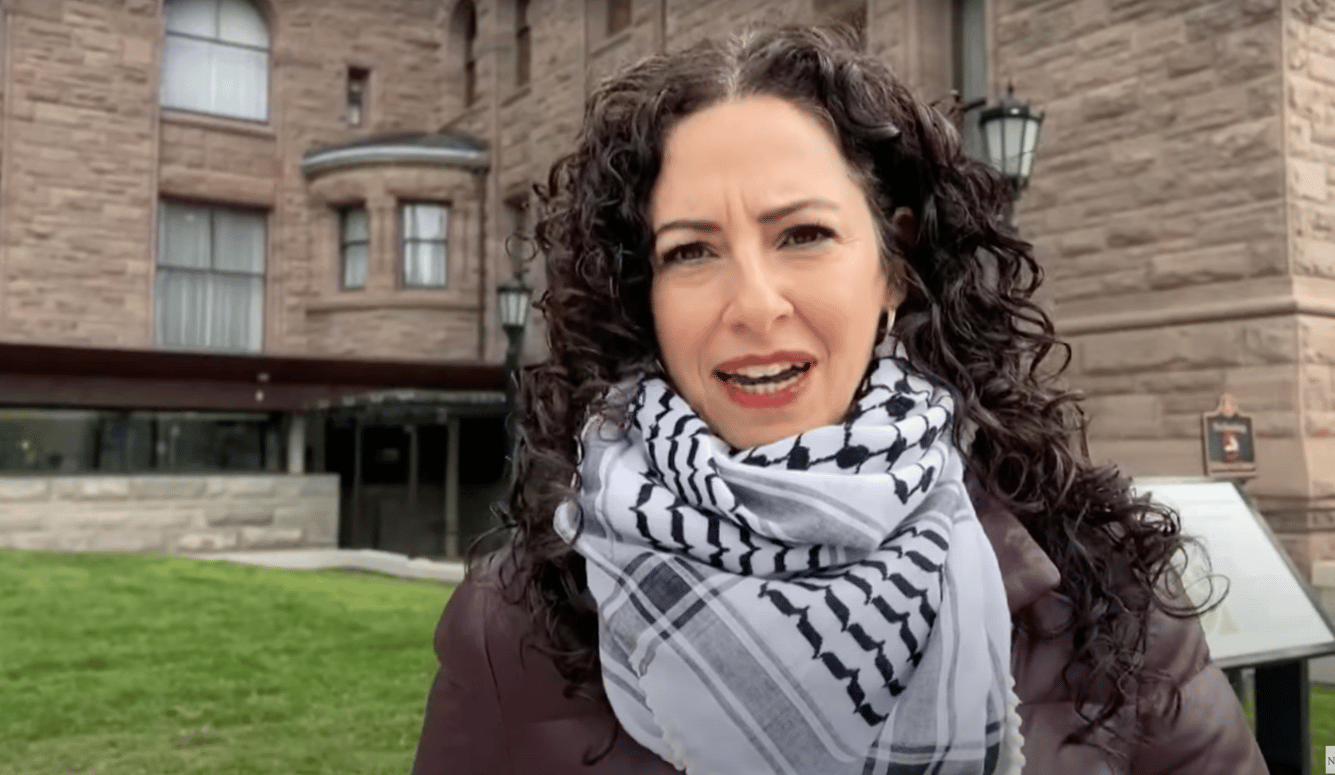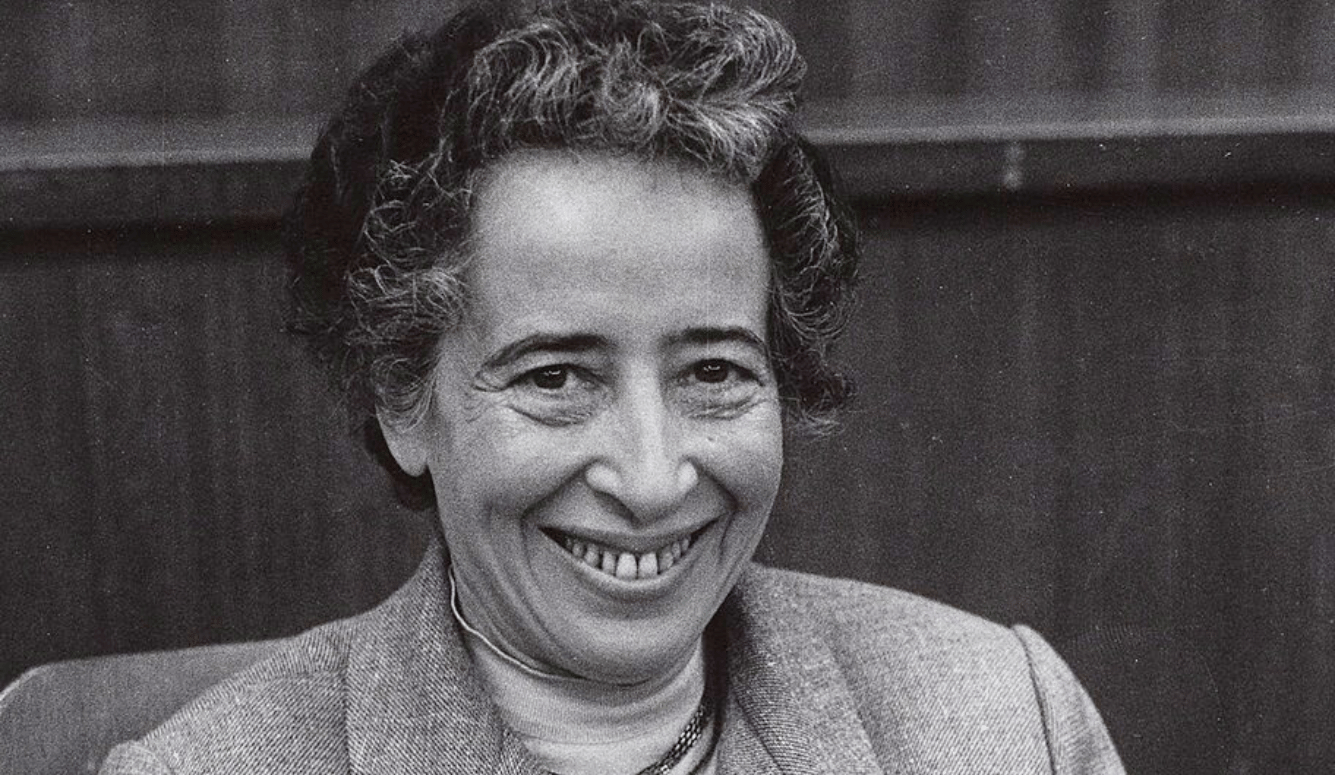“Be Vigilant, America”
Two forgotten films from 1942 about Japanese internment offer a window into the shameful nativism of wartime America.

On February 19th, 1942, President Franklin D. Roosevelt signed Executive Order 9066, an infamous edict that authorized the deportation of 110,000 Japanese Americans—first or second generation, disloyal or loyal, citizen or non-citizen—to Arizona, Utah, Colorado, Wyoming, California, and Washington. The US Army was tasked with the rounding up and transshipment, and the ad hoc War Relocation Authority supervised the incarceration and the operation of what came to be known as internment camps—a term coined to distinguish the centers from the obvious comparison points in Europe. In the years since, this policy has gone down in American history as a shameful betrayal of the principles Americans fought for during World War II. Even an FDR biographer as admiring as Doris Kearns Goodwin called it “an ill-advised, brutal decision,” and a permanent stain on the reputation of a leader who “failed miserably to guard against democracy’s weakness—the tyranny of an aroused public opinion.”
Hollywood, a business always sensitive to an aroused public opinion, also failed miserably to guard against its—and its audience’s—worst impulses. The motion picture industry remains rightly proud of its wartime service, doing its bit with the production of educational shorts, morale-boosting melodramas, and egalitarian combat films. But its embrace of the “Americans All” ethos of WWII did not embrace quite all Americans. In the fevered days after Pearl Harbor, Executive Order 9066 inspired two films that tend to be left out of the “Hollywood Goes to War” panegyrics: Japanese Relocation (1942), a duplicitous government short, and Little Tokyo, U.S.A. (1942), a venomous espionage thriller from 20th Century Fox. Both are windows into the unhinged nativism of wartime America.
Released on November 12th, 1942, and distributed by Paramount through the War Activities Committee of the Motion Picture Industry (WAC), the nine-minute Japanese Relocation was a “Victory short”—a species of government-made film (though usually produced at cost by the studios) intended to teach wartime lessons by hectoring the home front. They were typically shown in movie theatres between the cartoon and the main feature. Exhibitors sometimes balked at devoting precious screen time to tedious fare on fuel conservation and scrap metal collection, so the WAC monitored compliance to assure that the nation’s 15,265 theaters performed their patriotic duty. The distribution of Victory shorts and the kindred “Americanism” series came as close to saturation penetration as moving imagery might achieve in the pre-television era.
Japanese Relocation had two tasks: to explain the logistics of the removal and to justify the policy. By then, Americans had seen haunting newsreels of similar roundups of desperate refugees in Nazi-occupied Europe. Although the conditions, destinations, and fate of America’s displaced population was in no way comparable, the imagery from the West Coast conjured an unpleasant analogy. Thus, in official statements accompanying its release, the US Office of War Information (OWI) took pains to deny the inevitable parallels. “The new film,” the OWI said, “shows the standard that the United States is setting for the rest of the world in the treatment of people who may have loyalties to an enemy nation, and how we are protecting ourselves without violating the principles of human decency.”
Milton S. Eisenhower, director of the War Relocation Authority, was given the thankless task of fronting for the policy and served as on-screen guide. With no way to tell patriots from traitors in the event of a Japanese invasion, he explained, “military authorities therefore determined that all of them—citizens and aliens alike—would have to move.” (Two-thirds were US citizens by birth, and a third were alien residents forbidden by law from obtaining naturalized citizenship.) The uprooting is described as a “mass migration”—a kind of seasonal vacation that allows Americans to “protect ourselves without violating the principles of Christian decency.”
Eisenhower admitted that the hasty sale of assets by Japanese shopkeepers and homeowners demanded “financial sacrifice for the evacuees,” but the victims cooperated wholeheartedly with the fire-sale and “cheerfully” helped with “the enormous paperwork involved in the migration.” But stark images of boarded-up storefronts and deserted streets contradicted this upbeat rhetoric. In truth, throughout Japanese Relocation, one can detect a defensive and embarrassed tone about what was visibly a bad business. The shipment of men, women, and children, Eisenhower confessed, was not a task the US Army relished.
Like Eisenhower’s narration, reviews of Japanese Relocation insisted that nothing here was really amiss or untoward. “Deprived of their homes and former means of livelihood, these people who offer a potential threat to our security have been settled in inland communities of the West, provided with government-built homes and Army protection, and allowed to organize their political, economic, and religious activities through self-government,” noted Motion Picture Herald, a popular exhibitor-oriented trade weekly. Picking up on Eisenhower’s theme, the magazine depicted the deportees as frontier homesteaders on an errand into the wilderness. “Already they have begun irrigating the arable desert land, nurturing guayule plants to add to our rubber supply, weaving camouflage nets and initiating projects attesting their loyalty and understanding.” In 1942, that outlook was consensus opinion across the political spectrum. The Daily Worker, the official mouthpiece of the American Communist Party, called Japanese Relocation “a tribute to the confident democracy of a country which makes an open showing of its treatment of enemy aliens.”
But it was Hollywood, not Washington, that produced the most singular instance of inner-directed xenophobia in support of Executive Order 9066. Little Tokyo, U.S.A. was an exploitation quickie from 20th Century Fox, named after the district described by the Los Angeles Times as that “little Nipponese settlement just east of City Hall.” After its theatrical run, it resurfaced on television and played in syndication until the late 1970s, when it vanished from view (or was quietly buried). Movies-on-television expert Lou Lumenick speculates that protests pushed the film off the air and out of commercial availability, and today it remains very elusive. The UCLA Film and Television Archive holds a non-circulating 35mm print, and a serviceable DVD can be obtained from Internet merchants who operate on the frontiers of American copyright law.
Directed by Fox journeyman Otto Brower and written by the studio’s prolific script doctor George Bricker, the project was the brainchild of Bryan Foy, head of the B unit at Fox. Foy was the studio’s designated specialist in “headline productions”—timely low-budget fare on war-related themes like tire racketeering (Hot Rubber) and cute nurses (Red Cross Girl). The story concerns a renegade cop in Little Tokyo who uncovers a Japanese plot against America in the weeks before the Pearl Harbor attack, and Foy claimed to have based the scenario on incidents from the records of the House Un-American Activities Committee. “Some of the incidents are so fantastic that some folks will find them hard to believe,” said Foy. “But they are all true and we have the records to prove it.” Fox’s publicity department repeated the studio line. “Now learn the whole shocking story of the Axis spawned traitors who were forging a knife for America’s heart!” urged ads. “See why Uncle Sam had to pull off the greatest mass evacuation in our history!”
In early February 1942, even before FDR formally signed Executive Order 9066, Little Tokyo, U.S.A. was being rushed through the production pipeline. Foy had to move quickly. In March, according to the Hollywood Reporter, he realized that “the local Little Tokyo may soon look like a deserted village when the Japs are removed.” So, he swiftly dispatched a pair of cameramen into its streets to shoot background shots. On April 30th, 1942, the first of some 25,000 residents of Little Tokyo and Los Angeles gathered at a collection point at 3500 S. Normandie Avenue to await shipment to a “reception center” at the Santa Anita racetrack. For most, the next stop was Manzanar in the Owens Valley desert. Some of the older men, veterans of the First World War, wore their American Legion caps.
Of course, the evacuation had a downside for wartime films needing to dip into an Asian American talent pool. “Central Casting’s lists are completely devoid of Japanese extras,” claimed the press kit, so a diverse ensemble of Caucasians in heavy make-up had to make do. “Occidentals who play amazingly realistic Orientals” included Harold Huber (French), George E. Stone (Russian), Abner Biberman (Hungarian), and June Duprez (English), the latter impersonating “a captivating slant-eyed charmer” named Teru. Supplementing the Europeans was a backup crew of Chinese actors (“who do not mind defaming Japanese”) that included Edward Soo Hoo, Beal Wong, Daisy Lee, Victor Sen Yung, Melie Chang, and the actor who came to be Hollywood’s favorite Japanese villain during WWII, Richard Loo (“I studied at your U-C-R-A,” he was wont to hiss at captive GIs). These workarounds inspired a good deal of bemused commentary.
Casting aside, Little Tokyo, U.S.A. took its verisimilitude seriously. “All the incidents having to do with espionage are based on facts,” was the opening pledge. It asserted unequivocally that “for more than a decade, Japanese mass espionage was carried on in the United States and the territorial outposts while a complacent America literally slept at the switch.” By way of illustration, a montage shows devious Japanese, cameras in hand, snapping pictures of shipyards and bridges. “This film document is presented as a reminder to a nation that until December 7th, 1941, was lulled into a false sense of security by the mouthings of self-styled patriots whose beguiling theme was—it can’t happen here.”
Fortunately, a real patriot is on the alert. In the weeks before Pearl Harbor, policeman Michael Steele (Preston Foster) feels suspicious. He has been working the beat in Little Tokyo for two years and (unlike Jake Gittes over in Chinatown) is not doing as little as possible. Though his police captain accuses him of having “a Japanese spy complex,” he knows something is up and sees a “straight line connection between Big Tokyo and Little Tokyo.” He gets little support from his girlfriend Maris (Brenda Joyce), a radio commentator who broadcasts isolationist rhetoric on her show “News from the Woman’s Angle.” She and the police chief are useful idiots. Over in Tokyo, Japan, warlords are planning the sneak attack on Pearl Harbor and raising glasses of sake to toast “the end of the white man’s domination.” In Little Tokyo meanwhile, the Japanese fifth column collects blueprints of the Los Angeles water system in preparation for D-Day.
Just when you think the racist tropes cannot get riper (the slurs come fast and furious: “monkeys,” “yellow rat,” “slant-eyed”), Little Tokyo, U.S.A. throws a curve. Mike’s high-school football chum is a Japanese American named Oshima. If it comes to war, Mike asks, which side is he on? “I’m an American,” says Oshima evenly. He agrees to go undercover to infiltrate the fifth column (playing against what will soon be his type, the actor cast as the loyal Japanese American is none other than Richard Loo). But Oshima’s cover is blown and he is beheaded by the spy ring for his patriotism.
The calendar soon flips over to the morning of December 7th—the ticking time bomb that detonates in so many retrospective wartime films. After news of the attack breaks, the mendacious Japanese in Little Tokyo put up signs declaring their loyalty to the US, but the assurances are another wily deception. “Here, in California we will do our part,” pledges a Japanese agent, although “mass evacuation, as you know, would defeat our operations here.” (By contrast, in John Ford’s docudrama December 7th (1943), when Japanese Americans in Hawaii switch the signage of their “Banzai Café” to the “Keep ‘Em Flying Café” in the days after Pearl Harbor, it is a signal of their loyalty not duplicity.)
Via machinations too ludicrous to chronicle, the sabotage is foiled and the necessary precautionary measures are taken. Authentic scenes of the evacuation of Japanese Americans from Little Tokyo provide the happy and reassuring ending. “Last Japs Leave LA Area Today!” exults a headline. “Little Tokyo Deserted Village.” Audiences are encouraged to breathe a sigh of relief that the threat has been eliminated and exiled. (The film does not show the mob of predatory bargain hunters who descended on the Japanese shops in Little Tokyo to take advantage of the going-out-of-business sales.) “Unfortunately, in time of war the loyal must suffer inconvenience along with the disloyal,” says Maris to her radio audience. She looks directly into the camera to utter the curtain line: “Be vigilant, America.”
The concluding sequences of Little Tokyo, USA, a 1942 Twentieth-Century Fox B-picture about purported Japanese espionage in Los Angeles.
In a measure of how quickly the war upended everything, Little Tokyo, U.S.A. sailed through the censorship review process of the Production Code Administration (PCA), classical Hollywood’s in-house cleansing agency. (The always-illuminating PCA files are held by the Margaret Herrick Library in Beverly Hills, CA.) Before the war, the Code forbade any offenses to national feelings that might rile a domestic pressure group or get a Hollywood film banned in a foreign country—“The history, institutions, prominent people and citizenry of all nations shall be represented fairly,” read the commandment. That kind of sensitivity was waived for the duration.
Not waived, however, was the taboo enshrined in the Code’s notorious “miscegenation clause.” Though defined specifically as prohibiting “a sex relationship between the white and black races,” the clause was stretched to include contact with an Asian seductress. So when the sexy Teru purrs, “I am willing to make any sacrifice” in service to the Emperor, the Code enforcers primly insisted that the line was “overpointed in its reference to illicit sex and must be changed to get away from any such flavor.” Foy—and actress Duprez—simply ignored them and got away with it.
None of the contemporary reviews I found questioned the basic premise of either Japanese Relocation or Little Tokyo, U.S.A.: that the Japanese American community incubated a nest of spies and saboteurs who needed to be rounded up and secured behind barbed wire in the interests of national security. Typical was a comment in Alabama’s Dothan Eagle: Little Tokyo, U.S.A., the reviewer announced, “is an eloquent answer to those who protested the mass evacuations of the Japanese from the vital West Coast area.” But like the OWI, some critics seemed reluctant to be too full-throated in cheering on the group kidnapping. “We haven’t crowed very loudly over our segregation of some 100,000 people of Japanese extraction, two thirds of them American citizens,” observed PM Daily, the left-leaning New York newspaper. However, it stopped short of taking this thought to its logical conclusion, adding that “the distasteful job of uprooting a whole minority was accomplished with full justice and fair dealing.”
One critical response to the cinematic justification of Executive Order 9066 is especially noteworthy. “Very educational and interesting, well portrayed and narrated,” remarked Andrew Mayeshiba after watching Japanese Relocation. He matter-of-factly described the film as the “story of what became of the Japanese after evacuation from the Pacific Coast.” Mayeshiba was being disingenuous: he knew all too well what became of the Japanese after evacuation from the Pacific coast. He was writing to Motion Picture Herald from the technical department of Block 16 in Heart Mountain, Wyoming, where he operated two small movie theaters, the Dawn and the Pagoda. Heart Mountain was an internment camp. Between 1942 and 1945, it held upwards of 14,000 Japanese Americans.










